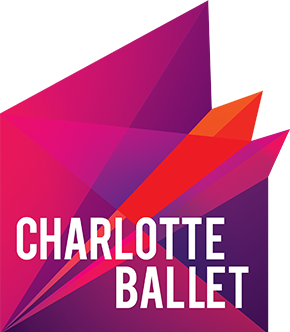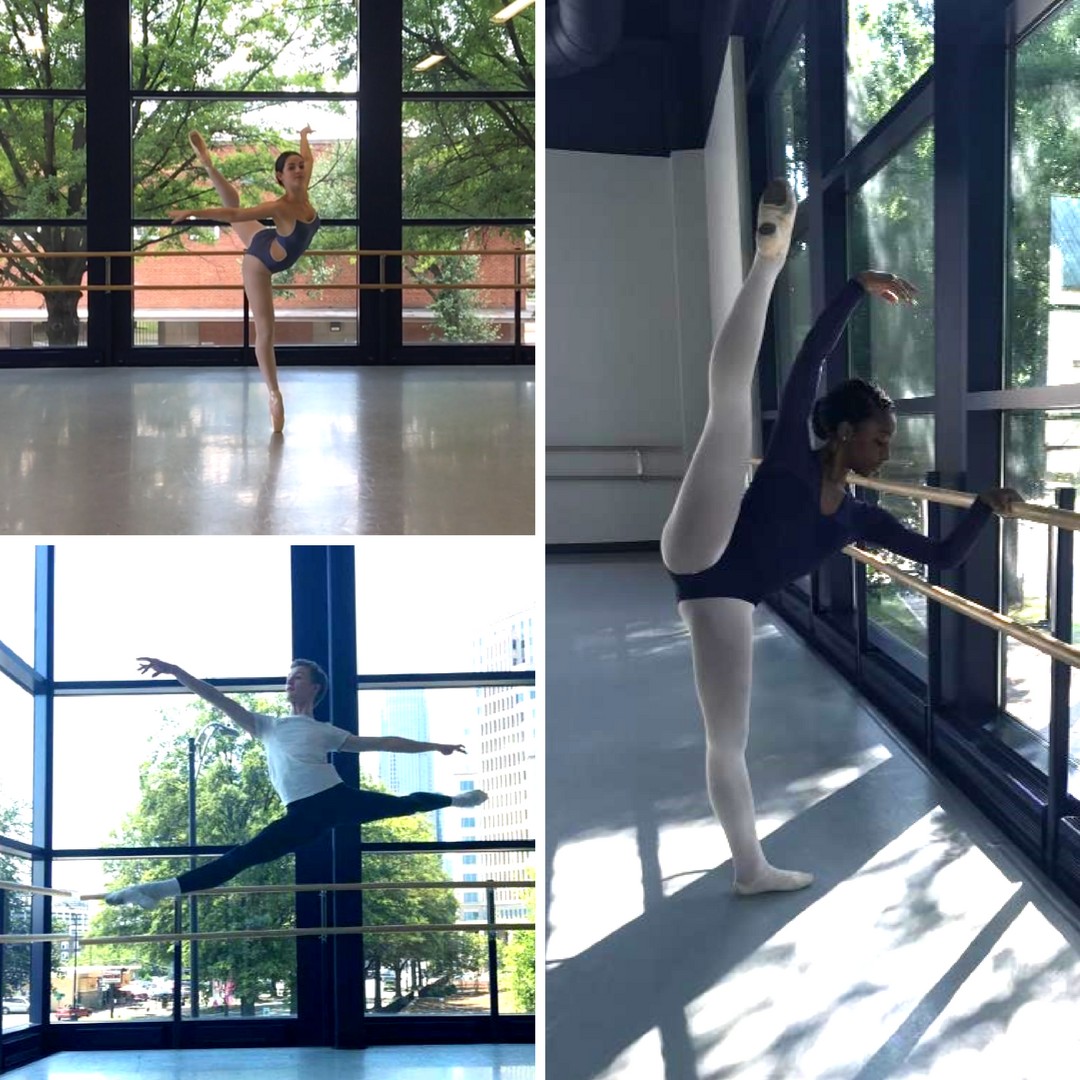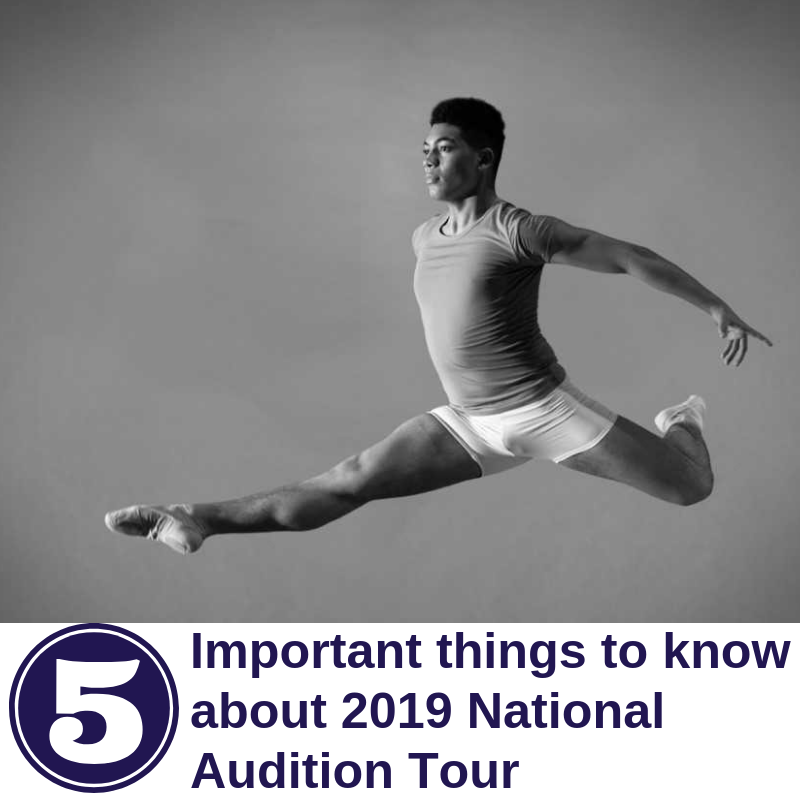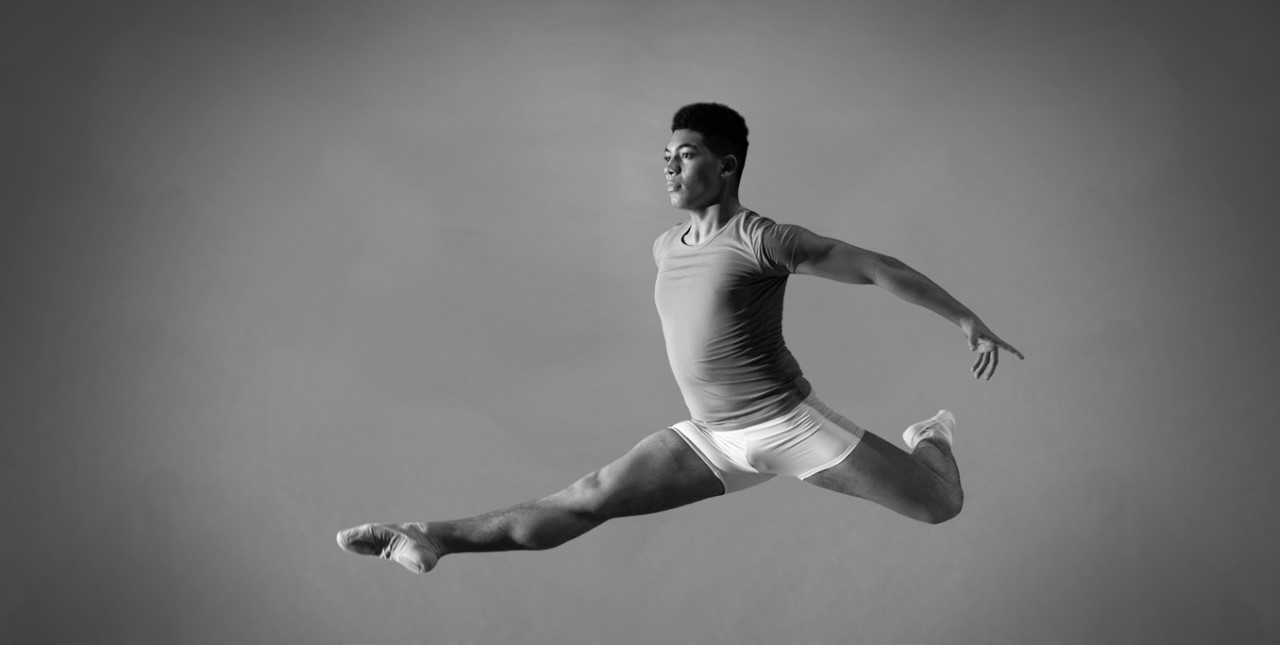Charlotte Ballet’s Academy Director Ayisha McMillan Cravotta never saw herself in a leadership position. She simply never really expected to have the kind of influence she does now because she didn’t know she could. Being an incredibly talented dancer herself, she’s a proponent of ballet tradition…but her experiences have taught her that, sometimes, the trajectory of artistic norms can and should be changed. During the course of our interview, Ayisha discusses the conservative nature of this European tradition, opening up about what it means to be a woman of color — and a big influence — in a Southern city. With her well-deserved influence, Ayisha is dancing the line between preservation and progress beautifully. Take notes, America.
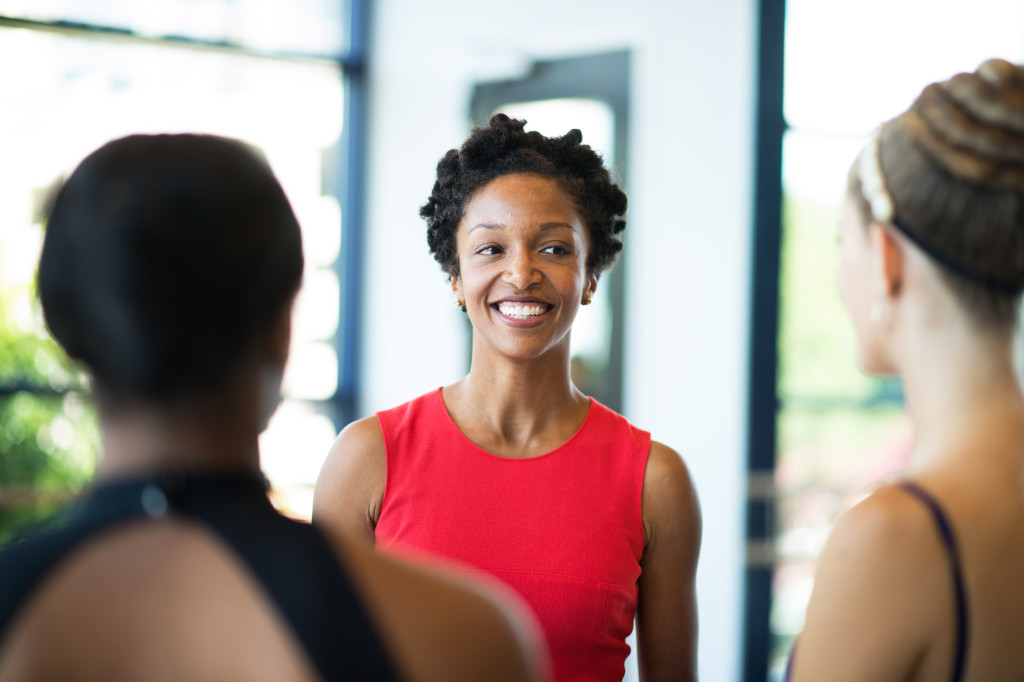
This article, written by Corey Miller, was originally published by QC Exclusive Magazine in the Oct/Nov 2016 issue. Photo of Ayisha McMillan Cravotta by Jamey Price.
What is your official title, and what does it entail?
I am the Academy Director. That means that I oversee the operations of the training arm of Charlotte Ballet. Here at Charlotte Ballet, the academy is not separate from the larger organization. We are an arm — primarily what we do is provide the highest quality of training in ballet, modern, and jazz to students from ages 3 to 93. And we do this year-round.
Where are you from, and what brought you to Charlotte?
I grew up in Oak Park, Illinois. I was a professional dancer, and I danced with the North Carolina Dance Theatre — what is now Charlotte Ballet — for five years. Before that I had been at Houston Ballet for six years. I did my finishing school training at Houston Ballet also from age 15 to 18. I’ve come full circle because now I oversee an academy that’s quite similar to where I trained.
What has changed in Charlotte since you first arrived? Obviously the company has changed and evolved. What is different about Charlotte Ballet?
When I first came here to audition and spent a couple of days with the company, I felt immediately that this would be a nice place to plant my roots and grow, grow with the city. What has happened is the company has been able to — as more people have been able to move to Charlotte from the outside — connect with people who are helping build a New South, if you will. It’s a cosmopolitan place. That means that our dancers come from our community and that’s marvelous, but we are also active in bringing people in from all over the world. This fact mirrors Charlotte itself. We are this growing mosaic.
Can you talk about how you’re changing the ballerina experience here at the academy? I understand that the ballerina concept is something deeply entrenched in tradition, but something you hope to change or influence.
Yes! At the academy, we’ve broadened the spectrum of our dress code. I’ve had tremendous help and leadership from Kati Hanlon Mayo to include deeper tones to reflect deeper skin tones in the tights and shoes our students wear. It might sound like a really small detail, but — as a woman of color who has come up in this art form — I understand what a big shift this is in the culture of ballet. When you think about the paradigm of a ballerina, the aesthetic tends to be quite standard because ballet was born as a European art form. It was an art for royalty — people with a lot of means. That part has changed over time, but here in the United States and around the world the basic aesthetic really remains European. So, back to the typical aesthetic: pink tights, pink tutu, pink leotard, down to the pink shoes. It’s called pink, but what does it look a lot like?
Nude. Like skin color.
Right. It looks a lot like skin color. “Line” is a term that we use a lot in ballet. It’s ingrained in us as part of the aesthetic because it’s how your eyes get from here [pointing to a dancer’s leg] to here [her arm] to here [her head]. There’s really no interruption because her leg looks like her foot, looks like her arm, looks like her head. It’s all very lovely because the line is not broken. It feels natural. Now when you have skin that’s a color like mine or deeper, what happens if you’re wearing pink tights? The line is broken and the bottom half of the body is immediately divorced from the top. If you’re a woman of color, you’re not going to look as complete, by default. Your line won’t flow as nicely if on the bottom you’re one color and on the top you’re something different. This is not a new idea, though. I didn’t originate it. I know that the Dance Theater of Harlem, for many years, has had its women of color wearing skin-colored pointe shoes and skin-colored tights. To me, this shifts our understanding of what is beautiful in ballet, what is acceptable, and what we invite. It took me years to realize how much I disliked wearing pink tights. But why? Deep down, I think I always felt: “This is another sign of how I will never truly fit in in this art form.” You can’t just shift a policy and expect everything to change, but I think that it’s a really great reflection of where we’re going culturally.
You used the term “New South.” That’s really interesting to me because it brings up a period of Reconstruction. You’re helping to mold students into better artists, but you’re doing it in the South and you’re a woman of color. What does that mean to you?
I appreciate you reminding me of that because it means a great deal to me. Your question reminds me of an article by Earl Calloway, a writer for the Chicago Defender, Chicago’s oldest black-owned newspaper. He was a big champion of mine when I lived in Chicago. He wrote about me coming to the company here as a dancer, back in 2002. He celebrated the fact that I would be performing on stages that, just a generation ago, I would not have been allowed on. These are stages where my predecessors, black ballerinas like Janet Collins and Raven Wilkinson, could not have gone. There have been times when, sitting in a theater before the people arrive, I swear I’ve felt the ghosts. I swear I’ve felt the ghosts because…there are these high balconies with crude benches…and that’s where they used to put people who looked like me. I’ve been able to perform on these Southern stages, and now I’m in an even more unexpected position. It means so much to be invited here and to be invited into this role — to join in celebration of the changes that have occurred and to be part of making that change.
That’s equal parts sad and inspiring, isn’t it? You’re part of a generation of African Americans doing some of these things for the first time, yet it’s insane that it has taken this long.
It is. There’s nothing wrong with tradition. But every art form eventually has to “dance the dance” between preservation of old ways and flourishing in new ways.
I only ask because I know some who aren’t sure about Texas as a whole but love the state’s metropolitan areas. What was your experience like outside of those areas?
In Houston, I was living in a bit of a bubble. I was in this world of artists living in a large city with lots of cosmopolitan people coming and going. Once I stepped outside of my bubble, I started to feel this…sting. I think if I’m not careful, that [artists’ world] will be the only bubble in which I operate in Charlotte.
It sounds terrifying to be in that bubble, the fear of leaving it.
I’ll never forget…I was dating a guy whose family was European, and he brought me to Waco to visit his family. His mom left the house, refusing to meet me because her son had brought a black woman home. I was so shocked. I was in this alternate version of reality that I think my parents had been careful to help shield me from.
And now, you’re in a position where you can make a difference, and that’s what’s so wonderful about what you’re doing here. You have some influence in this city, this Southern city. Did you ever see yourself in this kind of leadership position?
No, I never did. I saw myself behind a desk doing something administrative. I was always the dancer going back into administrators’ offices asking how things worked. I was always curious about it. I even got in trouble once: I was late for rehearsal because I had my nose into something in the marketing department. Having a leadership position in ballet is something I never pictured myself doing because I had never seen anyone like me in this position. When I go to conventions where people like academy directors gather, I’m often the only black woman there. This mold had to be broken. I can only commend and thank all the people who put me here. Someone, at some point, had to say, “Oh, Ayisha could do that job. Let’s get Ayisha to do it.” I’m fortunate that other people realized that before I did.
This post was originally published on January 22, 2018 and has been updated.

